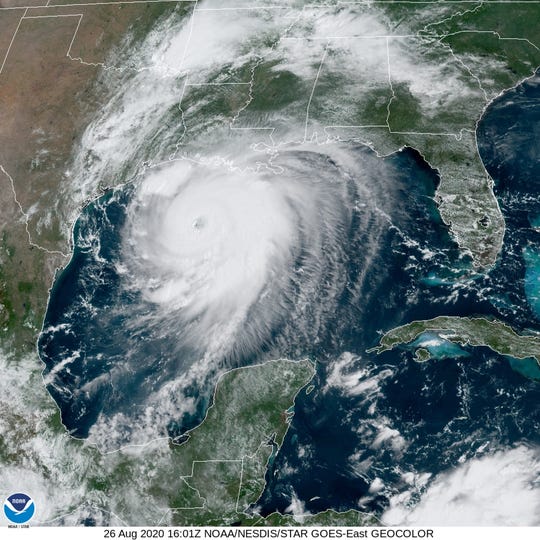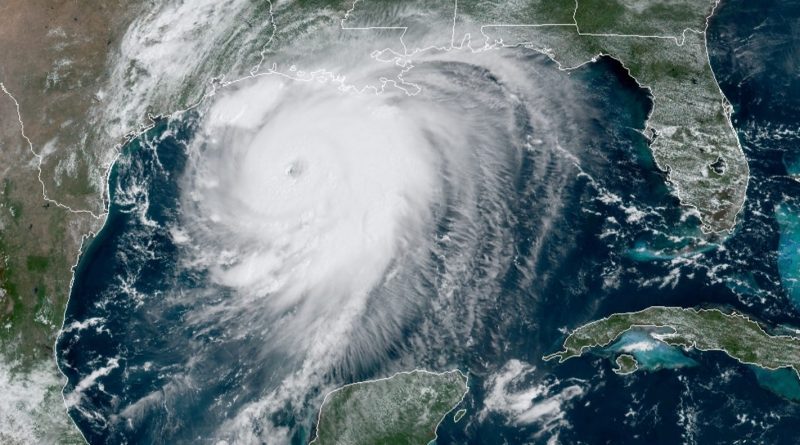Will Atlantic season end in November?
[ad_1]
Floods were inundating streets in Key Largo on November 9, hours after Tropical Storm Eta made landfall in southern Florida.
Storyful
Story Highlights
- The “official” end to the hurricane season is November 30.
- “There does appear to be some light at the end of the tunnel.”
- December tropical storms and hurricanes are exceedingly rare.
A record-breaking 29 storms into this seemingly endless hurricane season, storm-battered residents in the U.S. and elsewhere are wondering when it will finally come to an end.
So far this season, 12 storms have made landfall on U.S. soil, breaking a century-old record. And for just the second time, meteorologists had to dip into the Greek alphabet to name storms.
And after all, the “official” end to the season is Nov. 30, and November is typically one of the quietest months for storms.
In the short term, unfortunately, following Hurricane Eta’s recent deadly rampage through Central America, Subtropical Storm Theta formed early Tuesday, breaking the record for most storms in a single season.
Theta is far out in the northeastern Atlantic Ocean. The storm, which is nearing hurricane strength as of early Tuesday, poses no immediate threat to any land areas, the National Hurricane Center said.
Eta drenches Florida: Tropical Storm Eta soaks South Florida after making landfall on Florida Keys, could approach Gulf Coast later this week
A developing storm – which would be called Iota – is closer to home in the Caribbean Sea. It probably won’t form until later this week at the earliest, if it forms at all, the Hurricane Center said. Its eventual path – and whether it could impact the U.S. – is unknown at this time.
But beyond that, “while this season is seemingly going on forever, there does appear to be some light at the end of the tunnel,” Colorado State University hurricane researcher Phil Klotzbach said in an email to USA TODAY.
He said the strong upper-level winds that act to tear developing storms and hurricanes apart will be increasing over the Caribbean Sea in a couple of weeks. This “may put an end” to the prolific tropical cyclone production in that area, Klotzbach said.

Hurricane Laura spins in the Gulf of Mexico on Aug. 26. (Photo: NOAA)
But what about in other parts of the Atlantic? Could the season actually stretch past its “official” end date of Nov. 30?
“There is definitely concern that we could see activity into December,” AccuWeather senior meteorologist Randy Adkins told USA TODAY.
Klotzbach was unsure at this point: “It’s really hard to say if the season could continue into December,” Klotzbach said. “Typically late-November and December storms tend to form in the subtropics and are often associated with systems that originate as non-tropical … similar to what the subtropical eastern Atlantic low-pressure area that the Hurricane Center is monitoring now.”
December tropical storms and hurricanes are exceedingly rare. “Only one season on record has had more than one named storm form in December, and that was all the way back in 1887,” Klotzbach said.
The infamous 2005 season, which included Hurricane Katrina, featured one storm that formed in late December and actually lasted into early January 2006: Tropical Storm Zeta, which spun harmlessly in the central Atlantic for about a week, according to the Hurricane Center.
Read or Share this story: https://www.usatoday.com/story/news/nation/2020/11/10/hurricane-season-when-finally-come-end/6224332002/
